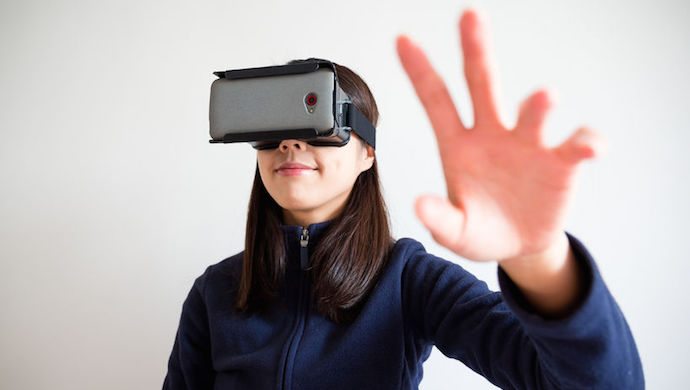While real-time VR is not as good as still renders, hardware and platform improvements are expected to quickly catch up

I love VR and I wish every developer would adopt the technology today, not only because that’s my business, but I think it’s genuinely a huge leap in terms of sales and marketing (and much more, but that’s a topic for another day).
A common question I get is this: Why is VR quality not on par with still renders?
My answer is a comparison between the production/use of VR VS a still render. The time of consumption is the biggest reason for the difference in quality.
Still renders are designed, rendered and produced before the intended user sees them. The time it takes to render the still is irrelevant (within reason, of course). It doesn’t matter whether it takes one second or one day to deliver the final product (generally the higher the quality, the longer the time). The amount of time doesn’t affect the user experience.
Also Read: China’s virtual reality investment is moving its focus from hardware to content
VR, on the other hand, must be rendered in real time, as it’s being consumed. And by VR, I’m talking true VR, with ability to walk around the virtual space and interactive with the space (sorry, 360 photos). So, with that being said, because VR needs to be rendered as it’s produced, time to render becomes a definite factor in the overall experience.
So, how quick does the render need to be for an enjoyable VR experience for the user? It’s commonly accepted in the industry that a frame rate of at least 90 frames a second is needed to avoid motion sickness/nausea. Add to that each eye needs to have a slightly different view rendered (try closing one eye at a time and note the slightly different perspective, the same needs to be produced in VR). Without taking into account the output onto the computer that is powering the VR, that’s 180 frames / renders per second – all produced on a single (but high-end) computer – my set-up is a laptop and the whole package fits in carry-on luggage.
So, with the amount of real time frames/images that need rendering every second plus the interactive elements that need to be processed, it’s understandable that there is a bit of a drop off in visual quality.
I hear you say “who cares, I want high quality VR.” Here are some of the advancements that will help to improve the quality of visuals in VR.
Maturing industry: VR is still very young, so there aren’t a lot of people out there who are experts in the tech. There are new techniques being development every day that improve the efficiency of VR.
Eye tracking: By being able to track where the user is looking, the graphics can be improved in the immediate focus of the users’ vision and dropped in other areas, requiring less processing power and a better user experience.
Engine upgrades: VR is generally developed using one of two game engines, Unity or Unreal. Improvements in techniques for VR within these engines will also boost performance and visuals. For example, Unity has recent announced an integration with Octane Render, which is another boost to visuals.
Hardware upgrade: new architecture in computer hardware (especially the graphics card) is being designed with VR in mind, making it more efficient in handling these tasks. Support for different rendering techniques via the software is boosting performance, too.
Also Read: Alibaba joins China’s virtual reality race with new research lab
There are many more developments happening, but the above should be a solid base on which to build your understanding of VR. It’s important to note that improvements aren’t just happening in one area, but multiple, which will see exponential improvements. The tech is advancing surprisingly quickly, and the differences in what we see today compared to even just six months’ time will be stellar.
Jump in, enjoy VR. It’s getting better every day.
—-
The views expressed here are of the author’s, and e27 may not necessarily subscribe to them. e27 invites members from Asia’s tech industry and startup community to share their honest opinions and expert knowledge with our readers. If you are interested in sharing your point of view, submit your post here.
Featured Image Copyright: leungchopan / 123RF Stock Photo
The post VR in property platforms: Why is image quality not as good as still renders? appeared first on e27.